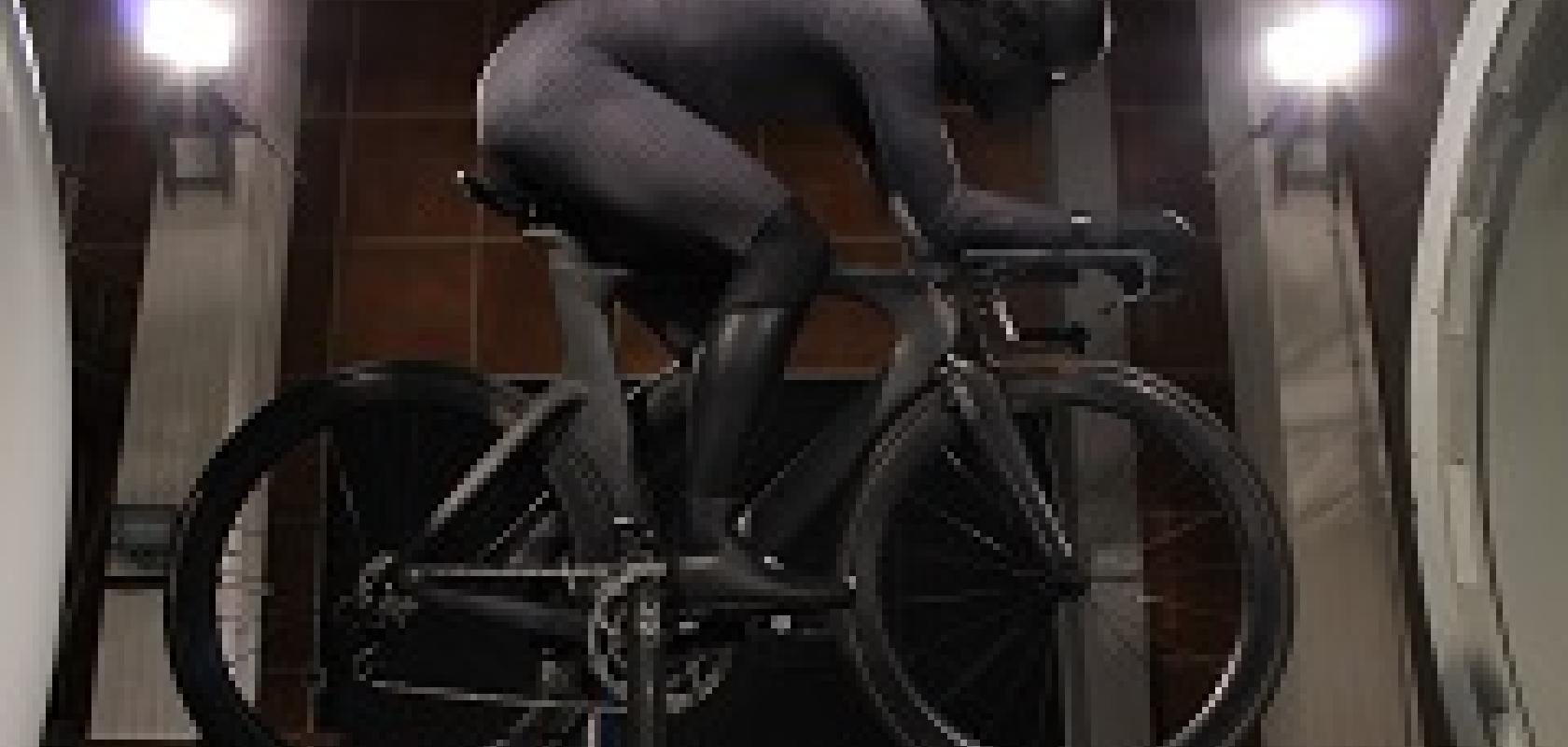The bike and clothing used in the Tour de France by André Greipels has been designed using Particle Image Velocimetry – the same technique used in Formula 1.
During wind tunnel measurements at the Technical University in Dresden (Germany) PIV was used to analyse the performance of bike and helmet. The technique, developed by Intelligent Laser Applications (ILA), not only allows the visualisation of the airflow around the bike and rider, but also accurately measures the flow itself in detail.
Development engineers use these results to optimise the performance of bike and clothing and help André Greipel better his performance.
PIV is an optical measurement technique where small particles are illuminated with a laser. The movement of these particles is recorded by a sensitive camera, a version of the PCO Edge 5.5. Finally, a dedicated software package can accurately calculate the direction and speed of the flow.

At the start of 2015, PIV was used in a joint project set-up by Flanders' Bike Valley in Belgium. This allows the manufacturers of bikes and clothing to come together and optimise their product range.
In this case, parts of the bike made by Ridley Bikes and the helmet from Lazer Sport of André Greipel were measured and analysed by the ILA PIV system. The development engineers of Ridley and Lazer Sport used these results to further improve the performance and help Greipel in this year’s edition of the Tour de France.
This PIV technique has been used successfully for several years by leading Formula 1 teams to optimise the performance of their racing cars. It has become a standard part of the wind tunnel. In F1 this can shave a valuable hundredth of a second off a lap time, while, in cycling, improvements in efficiency of bike and helmet for example can give the rider the extra energy reserves he needs at the end of the stage to take the win.
Bert Celis, coordinator of Flanders’ Bike Valley, said: ‘The know-how of Flemish companies regarding aerodynamics and cycling technology is worldwide leading edge, but was until now rather divided. Each company had their own knowledge about their own product range. For the first time in history this know-how was grouped during one week for joint tests. Together with the expertise of EU-regional partners like ILA this resulted in the ideal cocktail for innovations.’
Toon Wils, Engineer Ridley Bikes, said: ‘It is very interesting to participate in tests of other cycling products and to learn from each other. Most of all the cyclist benefits from a total approach where every detail is fine-tuned and fitted within a total mind blowing concept.'
In the near future there are hopes to perform more measurements which exactly represent professionals and semi-professionals in order to adjust wear, helmet and bike.


